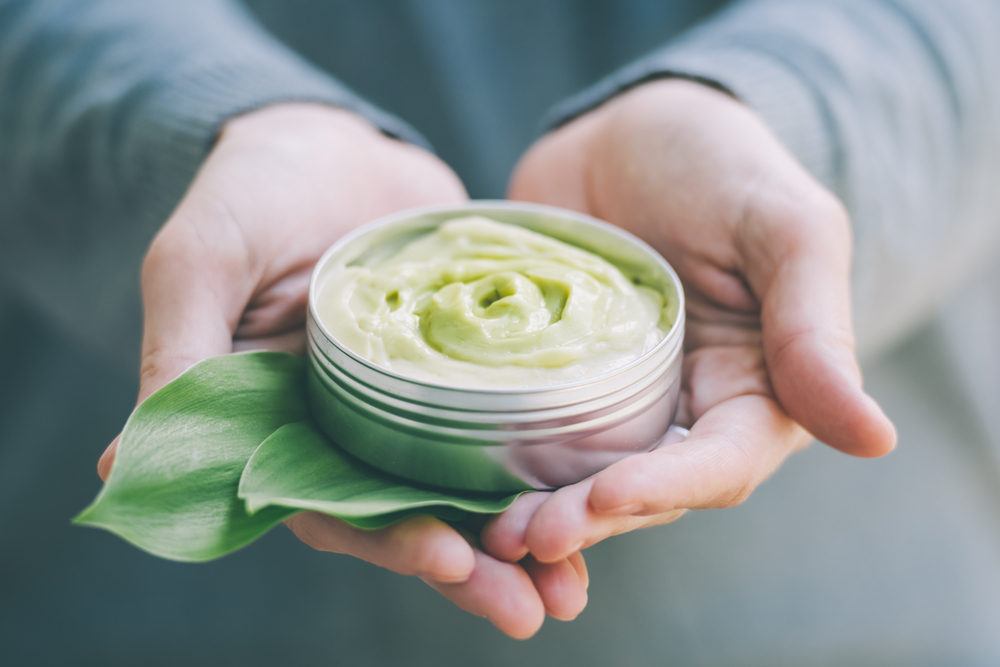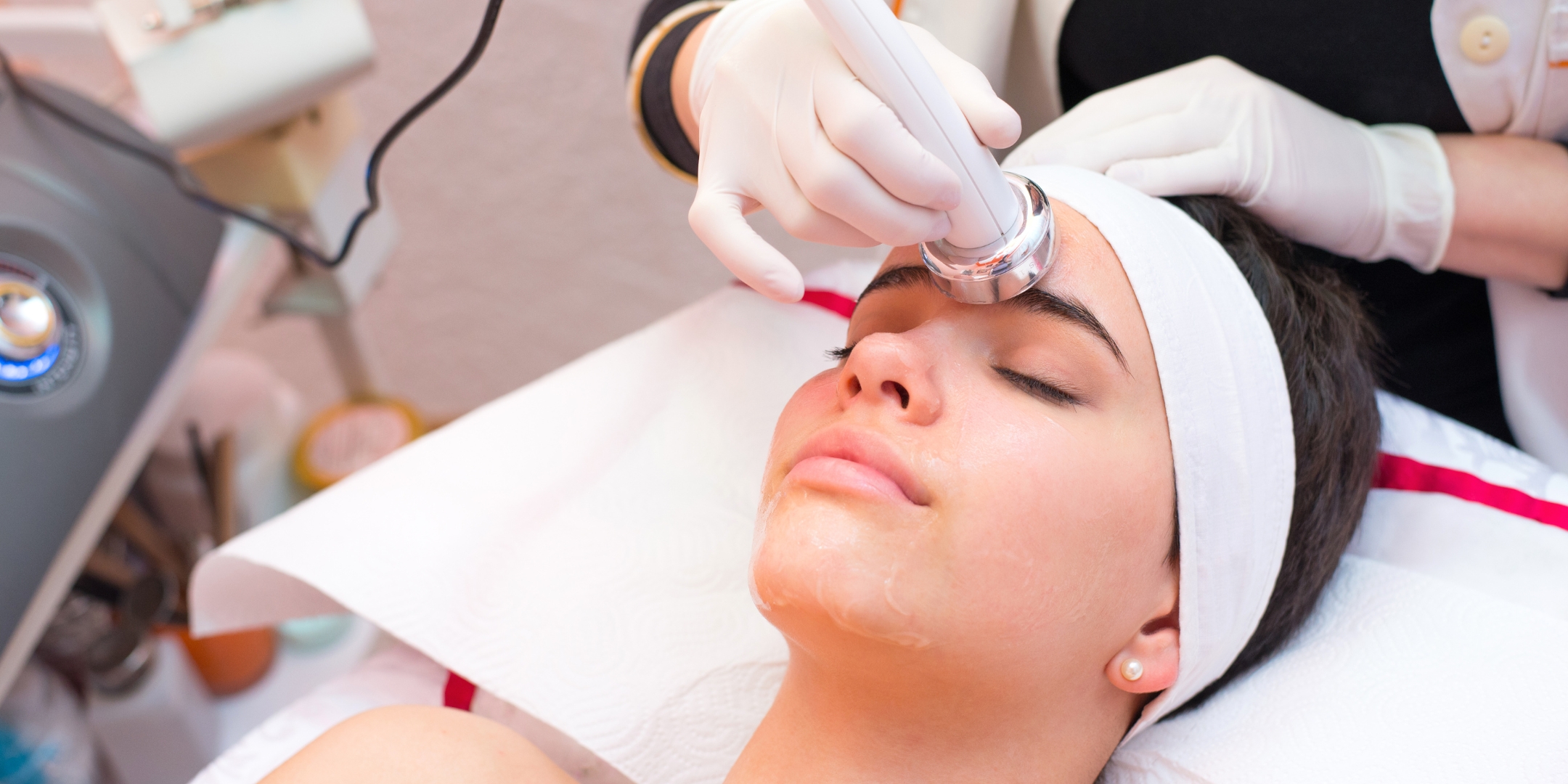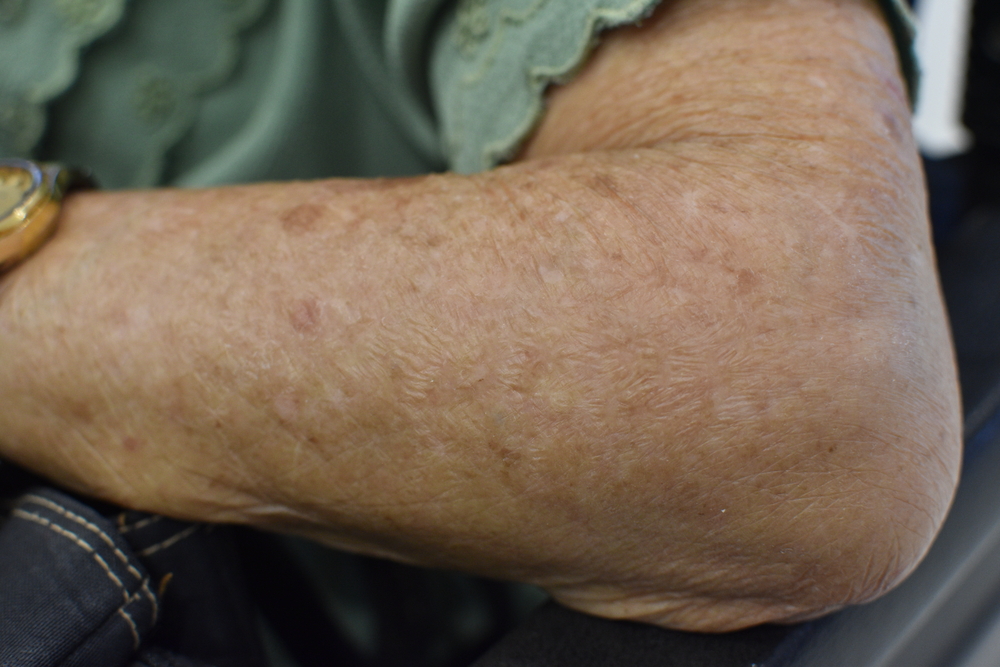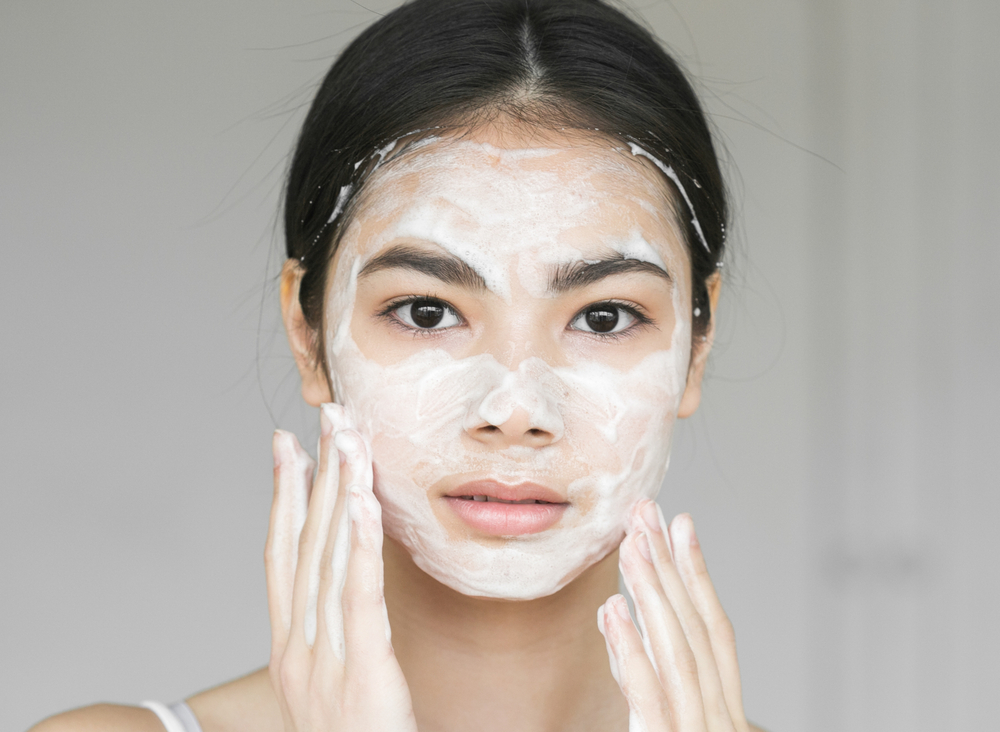Exaggerated claims, dramatic before and after pictures, enticing promises… Experts debunk dubious beauty product claims, and offer advice on choosing the right creams — at the right price.
Who doesn’t use a facial cream nowadays? It’s ingrained in our everyday lives — just like brushing your teeth or checking your phone first thing in the morning. Yet in spite of their ubiquity, for some reason there’s precious little unbiased information available on the subject.
Can anti-wrinkle creams truly prevent or diminish wrinkles? If so, what’s with all that fine print featured ever so discreetly at the bottom of the ads for them? Is there any truth to the alluring claims beauty brands throw our way with their “clinical evidence” data?
And most importantly, are those posh jars truly worth their sky-high price tags? We recently spoke with a few industry experts to get their thoughts on the matter.
Beauty Creams: What Are They Good For?
If there’s one thing every industry insider we spoke with agreed upon, it’s how effective retinol is at reducing fine lines and wrinkles in general. One caveat: forget about store-bought products — only prescription-strength retinol will produce noticeable results.
“I wish people would educate themselves on the subject a little more,” deplores Gina Gagliano, Laser Specialist and Director at Espace MD Laser Center in Montreal, Canada. “People have high expectations for retinol products, yet there are two types of creams: the ones you get at the pharmacy or department store, and the ones you can only get from your medispa or dermatologist’s office.”
Gagliano explains: “If you check the list of ingredients in regular creams, you’ll notice that the most powerful ingredients, like retinol, are usually found at the very bottom of the list… meaning the product probably only contains a small trace of it. Medical grade creams typically have higher concentrations.”
Dr. Vartan Mardirossian, a world-renowned board-certified facial feminization surgeon with a practice in Jupiter, Florida, fully agrees, adding that hyaluronic acid is another compound that can improve dry skin problems. “It acts like a sponge and is capable of absorbing water 1000 times its weight,” explains Mardirossian.
Pigmentation spots can be treated with Kojic acid and arbutin. “Kojic acid reduces melanin production to stop new spots from forming while arbutin lightens the existing ones,” remarks Dr. Mardirossian. “Sensitivity and skin flares are improved by oatmeal, whereas blemishes and acne can be treated with salicylic acid. Adult acne is surprisingly common. but a salicylic acid cleanser is a highly effective resource.”
When you read between the lines, it becomes very clear which ingredients work best and which skin issues can be resolved for a nominal cost.
Dr. Julie K. Karen of CompleteSkinMD in New York City is quick to point out just how important sunscreen is for healthy-looking skin – and rightly so. “Daily use of a broad spectrum sunscreen has been shown to reduce visible signs of aging such as fine lines, thinning skin and unwanted pigmentation like sunspots. Additionally, regular sunscreen use vastly reduces one’s risk of developing skin cancer.”
And while Dr. Karen does not believe that volume loss and deeper wrinkles can be readily addressed with topical products, she does recommend antioxidants to reduce and repair sun-induced damage. Products that contain peptides and growth factors can also offer a moderate collagen and elastin boost, thus improving skin texture and tone.
Choosing the Right Products — at the Right Price
The reasoning behind using certain creams is far more intricate than one might think. Dr. Mardirossian explains: “A healthy, functioning skin barrier is an important protector against dehydration, penetration of various microorganisms, allergens, irritants, reactive oxygen species and radiation. These are all elements that, as a whole, cause and accelerate the aging process of skin. Thanks to the the right creams, the skin barrier can be adjusted to specifically allow penetration. For this reason, a daily skincare regimen should increase skin regeneration, elasticity and smoothness, thus temporarily changing the skin condition.”
But that doesn’t mean you need to break the bank, or use multiple products on a daily basis.
Dr. Mardirossian offers this advice: “Avoid buying your favorite brand’s entire product line if you only want to treat one or two issues. It will save you a good amount of money.”
“Some creams definitely are a waste of money, while others most definitely are not,” adds Dr. Penny Alexander of the Drummoyne Dermatology Center in Sydney, Australia. “It’s important to research the active ingredients in a product to determine whether it’s worth the cost, otherwise you’re just paying for the brand name.”
Dr. Kally Papantoniou, a medical and cosmetic dermatologist with offices in Queens, NY, thinks many beauty creams are indeed overpriced and that the vast majority of claims made for them are deliberately misleading. “When choosing ingredients and products, I research which studies have proven their effectiveness on skin.”
She agrees with Montreal’s Gina Gagliano. “Having background knowledge on specific ingredients and products will make you a smarter consumer,” says Dr. Papantoniou. “I also believe that, depending on the active ingredient, certain serums will be more effective than a cream. This is due to better absorption and the greater concentration of active ingredients that are sometimes only available with serums. That’s why I’ll often recommend the use of serums first and then layering with creams.”
A few strong words of advice from Dr. Karen: beware of shiny and enticing packaging if you don’t want your bank account to get gouged. “Some creams are absolutely overpriced. Also, elegant packaging and expert marketing can dupe consumers into spending tremendous amounts of money without achieving acceptable results. Still, there are wonderful products out there within all price ranges, products that truly do have an impact and were designed to help people achieve healthy, radiant skin.”
The #1 Product Category You Need to Avoid
Cellulite creams. Hands down. “Not at all effective!” advises Dr. Julie Karen. Well, how’s that for a reality check?
Gina Gagliano offers more insight: “No topical creams or agents will get through multiple layers of skin and into the fat… it’s simply impossible. There is no scientific proof that these creams work.”
“Ingredients that claim to help get rid of cellulite – DMAE, methylxanthine (a form of caffeine) and aminophylline – really only “flush out” the surface of the skin because they are dehydrating chemicals,” adds Gagliano. “Retin-A has been scientifically proven to thicken the uppermost skin cell layer. If the skin over the cellulite is thicker, the cellulite won’t bulge so much. Cellulite is the result of superficial fat stored in pockets separated by fibrous strands called septae. Diet and exercise still remain the best option, because no surgical remedy or solution can satisfactorily do the job.”
That being said, minimally-invasive cellulite treatments such as Cellulaze and Cellfina do provide convincing — albeit temporary — results in some cases.
Hope in a Jar: the Lowdown
While the benefits of certain active ingredients in skin creams are well established, others are less studied. And since most changes are gradual — it can take six months to a year before you notice improvement — consistency is key. However, the results can be significant and may reduce the need for lasers, chemicals peels, or other cosmetic procedures down the road.
Having a cosmetic doctor you can trust is of paramount importance. “Some plastic surgeons have a bigger incentive to sell fillers and Botox than beauty creams,” a spokesperson for a skincare line informed me, off the record. And many dermatologists sell skincare products directly from their offices, which obviously gives them an incentive to recommend the brands they carry.
Ultimately, as with anything, it is up to consumers to actively educate themselves.









